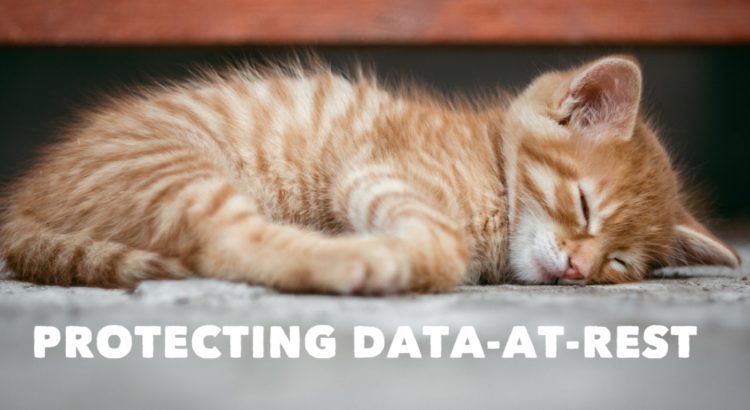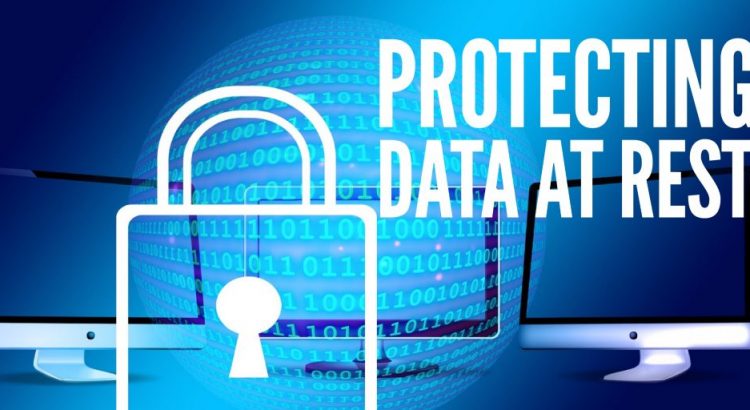One of the most important aspects of security is how to protect the data that is just “sitting there” called data-at-rest. There are many requirements for securing data-at-rest and they were discussed in detail at our SNIA Networking Storage Forum (NSF) webcast Storage Networking Security: Protecting Data-at-Rest. If you missed the live event, you can watch it on-demand and access the presentation slides here. As we promised during the webcast, here are our experts’ answers to the questions from this presentation:
Q. If data is encrypted at rest, is it still vulnerable to ransomware attacks?
A. Yes, encrypted data is still vulnerable to ransomware attacks as the attack would simply re-encrypt the encrypted data with a key known only to the attacker.
Q. The data at rest is best implemented at the storage device. The Media Encryption Key (MEK) is located in the devices per the Trusted Computing Group (TCG) spec. NIST requires the MEK to be sanitized before decommissioning the devices. But devices do fail, because of a 3-5 year life span. Would it be better to manage the MEK in the Key Management System (KMS) or Hardware Security Module (HSM) in cloud/enterprise storage?
A. For a higher level of protection including against physical attacks, a dedicated hardware security module (HSM) at the controller head would be preferable. It’s unlikely to find the same level of security in an individual storage device like a hard drive or SSD.
Q. What is your take on the TCG’s “Key per I/O” work that is ongoing in the storage workgroup?
Read More

